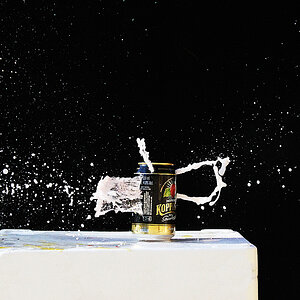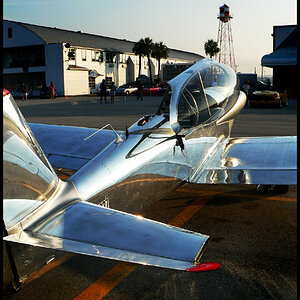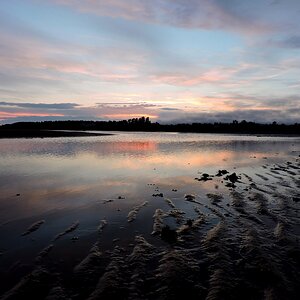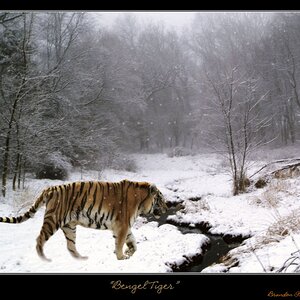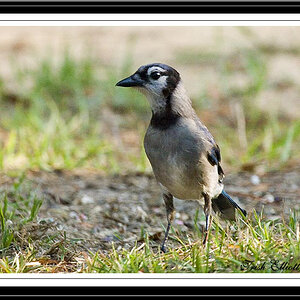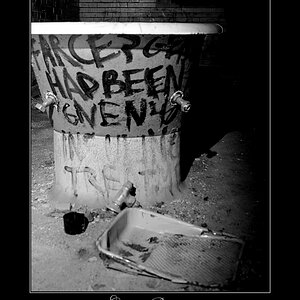Grandpa Ron
Been spending a lot of time on here!
- Joined
- Aug 9, 2018
- Messages
- 1,156
- Reaction score
- 703
- Can others edit my Photos
- Photos OK to edit
I am talking about aiming the camera at the North Star (Polaris) after sunset, and leaving the shutter open until just before sunrise. Hence, photographing the stars as they rotate through the night.
I have two questions,
1. Has anyone tried this with a Canon digital camera, with the shutter set on the "Bulb" setting? I would be afraid of damaging the sensor or running the battery down.
2. With 200 ISO film, does anyone know what aperture would be needed?
I have two questions,
1. Has anyone tried this with a Canon digital camera, with the shutter set on the "Bulb" setting? I would be afraid of damaging the sensor or running the battery down.
2. With 200 ISO film, does anyone know what aperture would be needed?


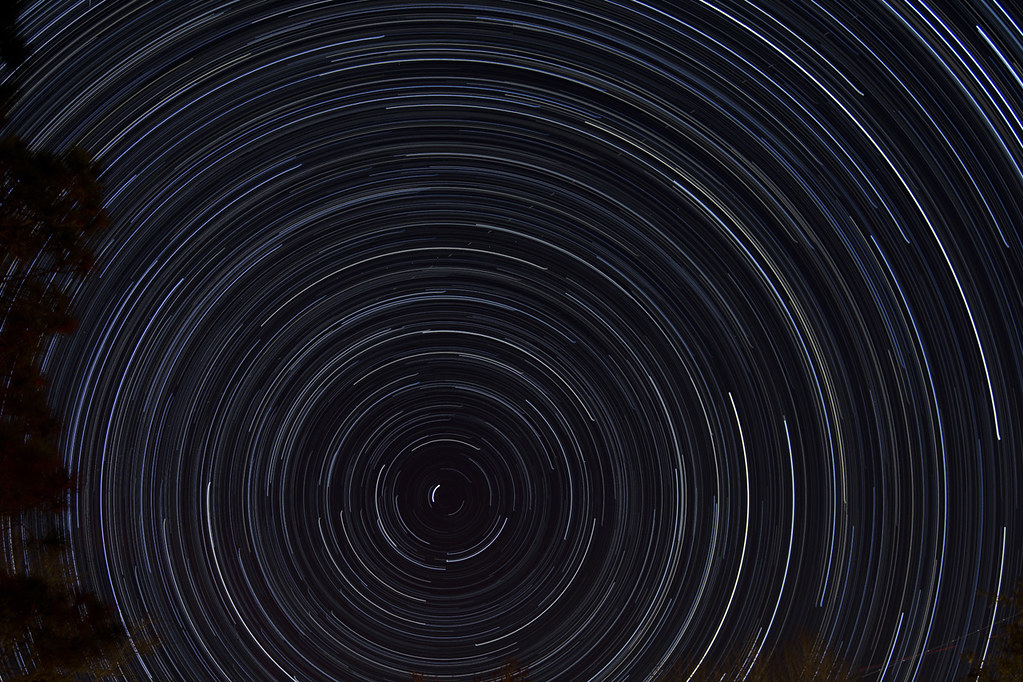
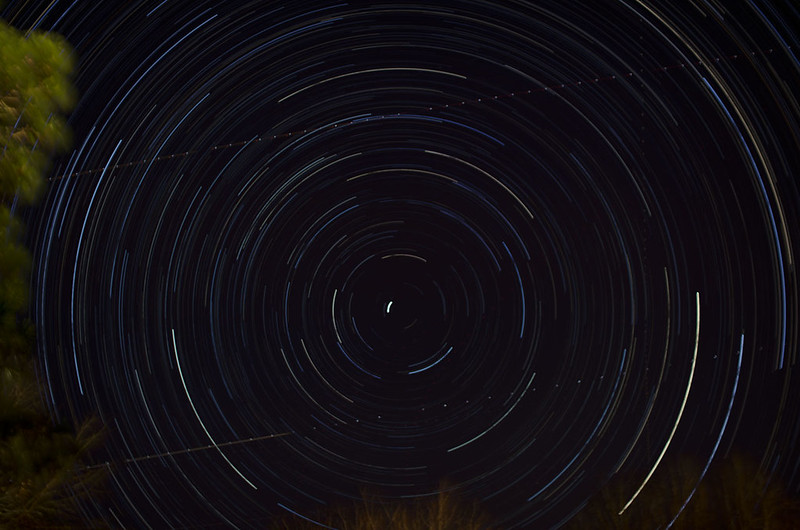
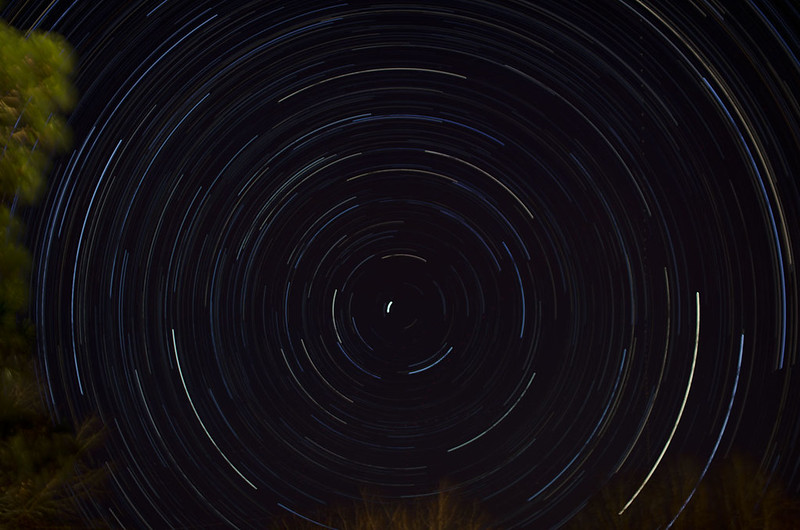

![[No title]](/data/xfmg/thumbnail/30/30884-b92cca2d3ad6f728825cf7e936e8cef6.jpg?1619734496)
![[No title]](/data/xfmg/thumbnail/39/39225-99d579cd498f8f152a288d7e8e7ad2a4.jpg?1619738926)
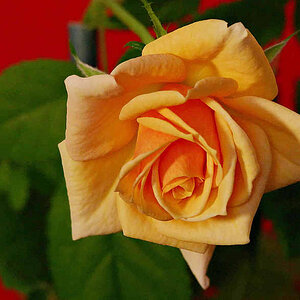
![[No title]](/data/xfmg/thumbnail/39/39224-aa3271aa220fe57f37caf898b6984846.jpg?1619738926)
